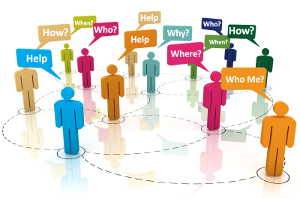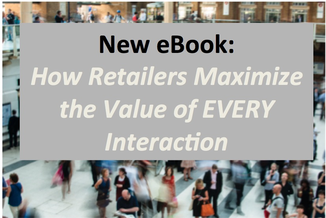As marketers, we use web, video and mobile strategies to reach our customer base. But what if you’re the provider of one or even all these services? While most marketers are focused on leveraging these channels for consumer engagement, top cable and telecomm providers are out there selling the very platforms that marketers depend on.
The appeal of automation makes sense: in a time where marketers are held to high standards and spread thin across an increased workload, anything you can set and forget is a welcome time saver. What companies didn’t predict, though, was how much time is attached to establishing automation. And while there are risks involved in automation’s perceived easy button, companies are still embracing it in droves. So how do marketers keep from blowing it?
More and more, consumers are bombarded with messages—from advertisements under the ice at a hockey game to mobile phone apps, or one of the thousands of other places ads are placed in today's media-rich environment. What stands out is how marketers are slowly taking up the concepts of offer optimization:
As published by Direct Marketing News
You have probably noticed hashtags during broadcasts, tweets streaming across the screen, second-screen applications where viewers can check in to watch a TV show together online and numerous other examples of the TV industry transforming itself into something more than a lean-back experience. The multi-billion dollar TV industry is fast undergoing a realignment from appointment television on the couch to a real-time, 24/7 entertainment anywhere business. So what can brands outside of the TV ecosystem learn from this?
We know that consumers are empowered. They are not static targets to be blasted by the same messaging. Yet companies continue to treat consumers as a mass of eyes, ears and wallets -– forgetting each consumer's unique experience with their brand. With the proliferation of channels and devices, customers may actually touch brands hundreds of times between purchases. And any of those touches could cause the consumer to become frustrated and disengaged.









